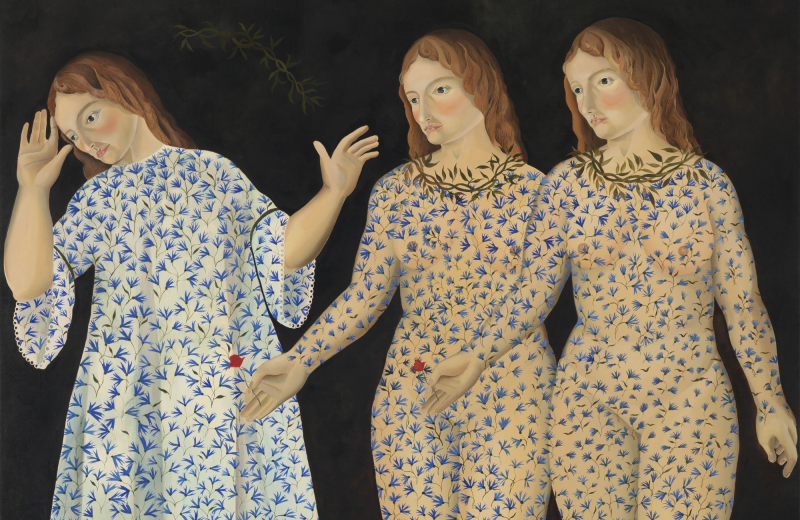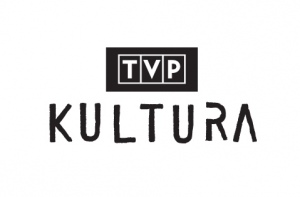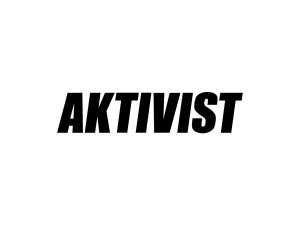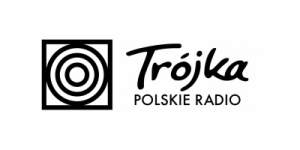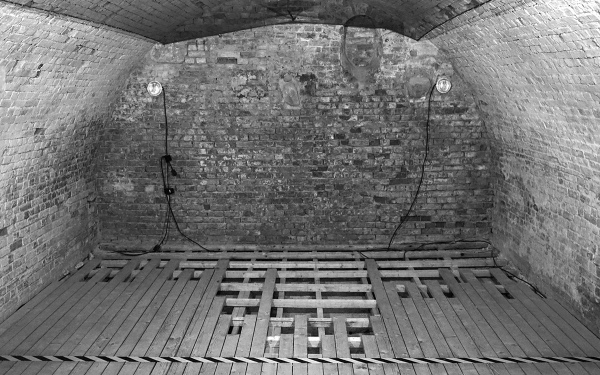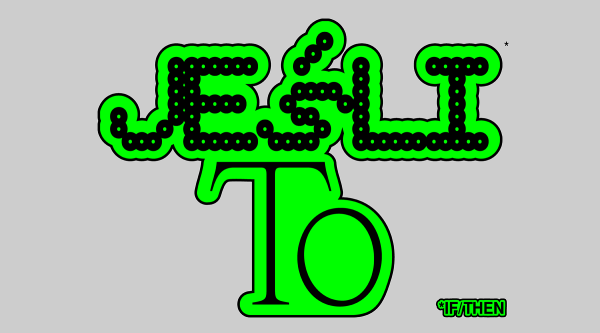28/11/2024—05/01/2025
exhibition from the Project Room series
Ewa Czwartos
Vitruvian Women
- The title of Ewa Czwartos’s painting exhibition, Vitruvian Women, draws on a procedure characteristic of all of her works, which is the re-reading of culturally entrenched scenes and motifs. The term “Vitruvian” generally brings to mind not so much the work of the ancient architect himself, but the drawing by Leonardo da Vinci, showing the male body inscribed in a circle and a square. And Vitruvian women?
- The exhibition’s sly title reveals the subject of Czwartos’s canvases. Her paintings penetrate spheres of diametrically opposed experiences. At the heart of her artistic vision are always women, shown either in a borderline situation or in a completely different one – almost idyllic.
- Czwartos takes up the themes that organized the imagination of the great masters of the Renaissance and Baroque. She is also inspired by the works of Polish female artists of the 19th century and by anonymous figures captured in old photographs. Subsequent works bring a break with the iconography established in culture or inspire a creative dialogue in which tradition is the starting point for research about oneself and the protagonists of the past or provokes fun with the viewer (Four Graces for Rafael).
- Mythological figures (Aphrodite, Athena, Hera) and legendary female characters (Lucretia) appear in the paintings, but Czwartos focuses on moments from their lives that are less exploited in culture. Lucretia, whose story is known from Livy, is presented in the painting Non Omnis Moriar at the moment of choosing the place of the suicidal stab rather than after she has pierced her heart with a dagger. Her multiplied silhouette reflects the multitude of emotions she experiences, and the tragedy of her fate strengthens the discord between the floral ornamentation of the canvas and the gravity of the depicted scene. The protagonist’s body is nude, but not bare. The heroine tears off intricate cobwebs resembling decorative lace, just as the artist breaks away from narratives covered in dust.
- Multiplication, a characteristic feature of Czwartos’s work, includes not only images of women, but also floral and temporal motifs. Striking in their abundance, they do not merely serve as decorative ornaments; instead, they allude to the symbolism preserved, among others, through the so-called language of flowers.
- II
- In 1896, the painter and activist Maria Dulębianka attempted to create a women’s department at the Kraków Academy of Fine Arts. After the failure of this undertaking, she settled in Lviv, where she opened her own portrait studio. After a few years – torn between artistic activity and social work – she gave up painting. A critic commenting on the posthumous exhibition of her works noted that “(...) she was a nature that was compact within itself,” and therefore she was unable to work in two fields at the same time. Despite pushing art aside, Dulębianka still had the situation of women artists in mind. As early as 1909, she campaigned for them to be allowed to sit on the board of the Society of Friends of Fine Arts, pointing out that were prevented from doing so by an “exclusivist custom.”
- Ewa Czwartos is aware of what she owes to activists from the turn of the 19th and 20th centuries. In Vitruvian Women, the graduate of the Kraków Academy of Fine Arts follows up on the issues raised in her earlier works. Her art does not provide easy answers. Intricately painted stories about the fate of women and their emancipatory activities create a multi-level narrative in which the viewer must immerse herself.
- Curator
- Aleksandra Sikorska
